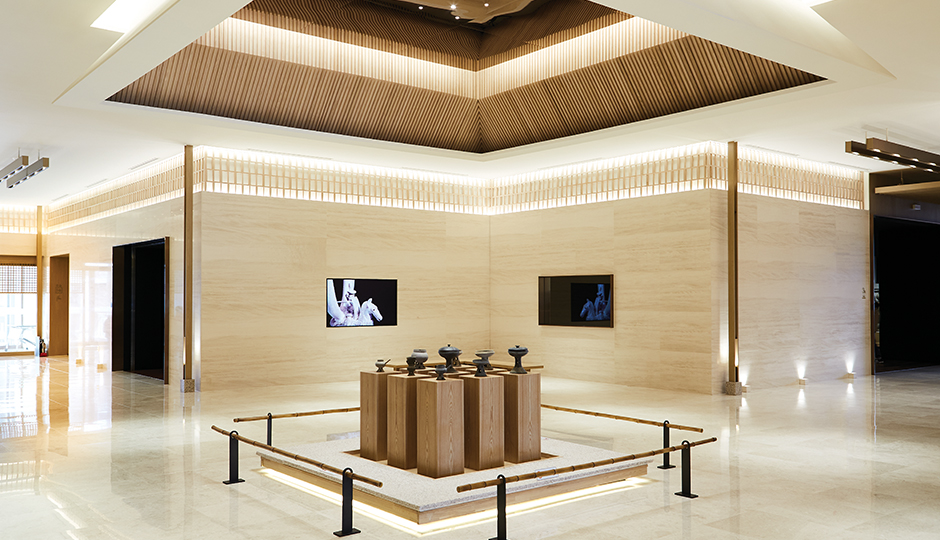
Gyeongju National Museum
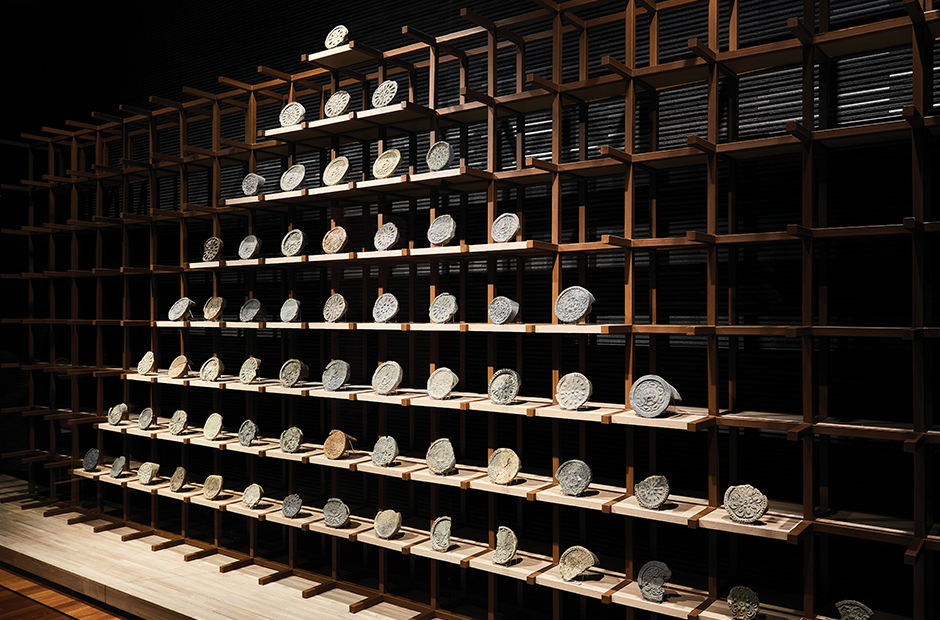
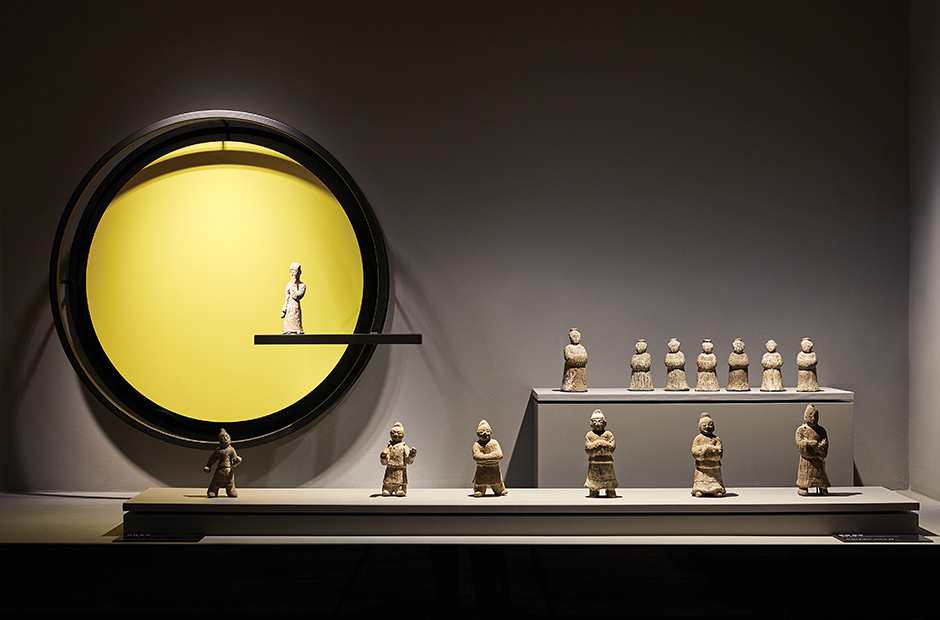
At the end of last year, Gyeongju National Museum unveiled its new Silla History Gallery, which focuses on the thousand-year history of Silla. Renovations for this remodeling project started back in 2018. Upon entering the Silla History Gallery, the first thing that catches the eye is the elegant and classy central hall. The central hall that connects each exhibition gallery serves as a rest stop where people can take some time to reflect and appreciate the full significance of the artifacts housed inside the Museum. Although inspired by a more traditional Hanok architectural style and Silla earthenware, the simple and refined ambiance exudes a very modern look and feel. The consistency, created by the neatly arranged natural materials, such as wood and stones, makes the entire venue feel like a high-end hotel.
With this latest remodeling project, the Museum focused on improving the layout of the building, which had felt old and somewhat complicated like a maze, to a more open and airy structure. Now, the glass protecting the exhibits is a low-reflective glass with a visible light transmittance rate of 99%, which means that the glass produces almost no flicker or reflection caused by light. The Museum also replaced the entire lighting system with the latest LED light fixtures optimized for museum exhibitions, thus creating an environment better suited for patrons to completely immerse themselves in the exhibitions. In particular, the large, 4-meter glass showcase maximizes the sense of openness that helps bring to life the countless artifacts exhibited at the Museum.
Meanwhile, relics, such as tombstones and stone statues, arranged in various locations across the Museum (outside the galleries) transport visitors back in time and take them on a journey through Silla’s long and illustrious history.
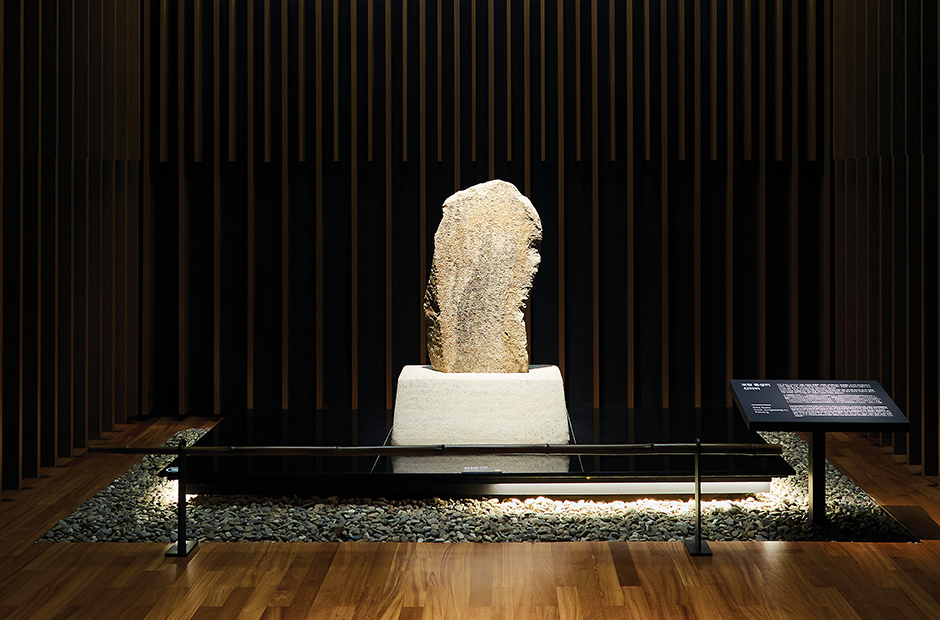
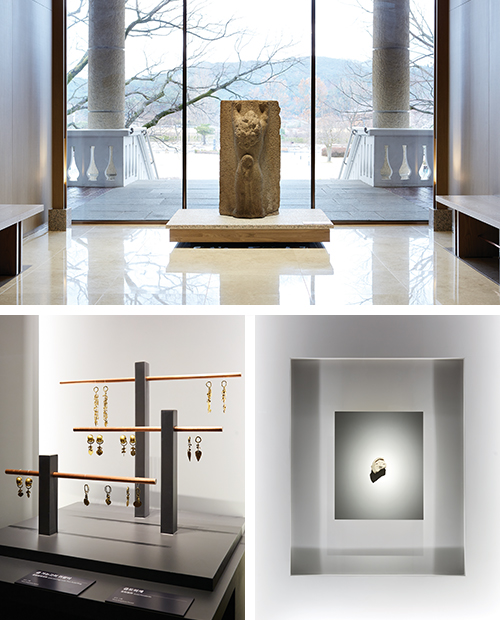
The first half of Hall no. 3 tells the dramatic history of how Silla’s monarchs consolidated power, and how the kingdom conquered the neighboring countries to achieve unification in a well-organized and structured manner. The second half of the Hall focuses on the culture of Unified Silla, which was further developed by the increasing consolidation of power to the monarchy. Cultures of the Silla era, such as Silla’s palaces and costumes, capture the attention of visitors with the sophisticated displays.
The exceptionally striking splendid ornaments, which were adorned to add the dignity and beauty of Silla’s nobility in the past, still look beautiful after more than a thousand years. In my most recent visit to the Museum, I noticed for the very first time how petite, cute, and mysterious the convex tiles with little facial expressions pressed into them were. The faces pressed into these tiles are known as the “Smile of Silla”. The main reason why the newly renovated exhibitions look so refreshing is the way they are placed and exhibited. Now, the artifacts in the Museum look more than just numbered items in the Museum’s catalog. They are presented to patrons in such a way that they would have been used and loved by their owners. This way, the artifacts become symbols and an objet d’art. In my recent visit to the Gyeongju National Museum, I have discovered and learned that the beauty of Silla may be the result of the Museum’s well-thought-out efforts to showcase each item’s meaning and significance better than before. I would like to believe that this brilliant renovation is the result of the interactions between the old and the new.
